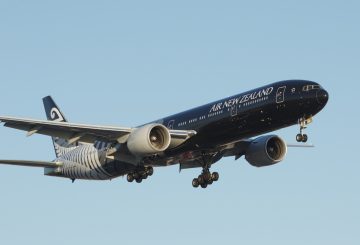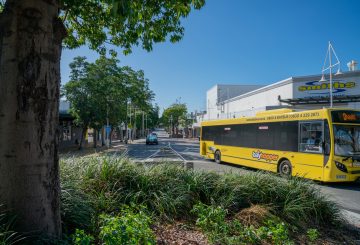머스크 나디와 머스크 난샤는 모두 뉴질랜드인이 승무원이었으며 취항하기 전까지 1년도 채 되지 않은 기간 동안 운행되었습니다.
선원들은 목요일 웰링턴에서 모여 글로벌 해운 회사 머스크가 최근 Coastal Connect 컨테이너 서비스를 취소한 것에 항의했습니다.
머스크 나디호와 머스크 난샤호 모두 뉴질랜드인이 승무원으로 운항한 지 1년이 채 되지 않아 취소되어 최대 60개의 일자리가 손실되었습니다.
뉴질랜드 해양 연합 웰링턴 지부 장관 짐 킹 (Jim King) 은 승무원들이 머스크 선박에서 일하기 위해 다른 직업을 포기했으며 회사는 이에 대해 책임을 져야한다고 말했다.
그는 공급망 문제로 인해 상품을 수입, 수출 및 뉴질랜드 전역으로 이동하는 데 오랜 시간이 걸리고 있다고 말했다.
King은 뉴질랜드 해안 전용 선박을 건설하는 것이 국가를 계속 발전시킬 수 있는 효율적이고 배기가스 배출량이 적은 방법이라고 말했습니다.
현지 해안 운송은 뉴질랜드가 Covid-19 팬데믹과 2023년 초 기상 이변과 같은 공급망 장애로부터 보호할 것이라고 그는 말했다.
노조는 이 문제를 해결하기 위해 다음과 같은 몇 가지 조치를 제안했습니다.
머스크는 코스탈 커넥트 (Coastal Connect) 서비스가 종료될 것이라고 발표하면서 비용 절감이 동기가 아니었으며 Trans-Tasman Polaris 서비스를 주간 서비스로 업그레이드하겠다고 말했습니다.
이러한 변화는 향상된 유연한 서비스와 더 나은 해외 시장과의 연결성을 통해 뉴질랜드 공급망을 강화할 것이라고 밝혔다.
“변화의 핵심 동인은 비용이 아니라 고객의 공급망 안정성을 개선하는 동시에 보다 유연한 네트워크 솔루션을 제공하는 방법입니다.”
크레딧: radionz.co.nz




























































